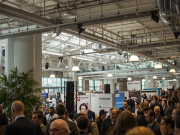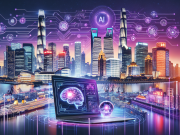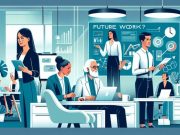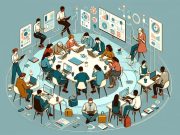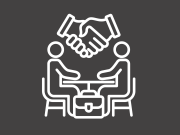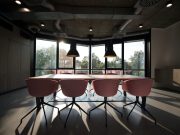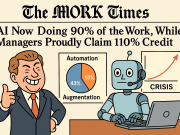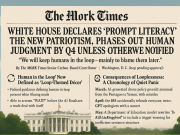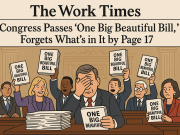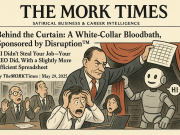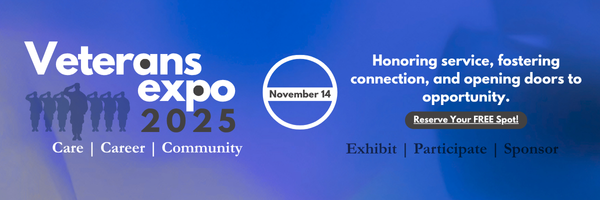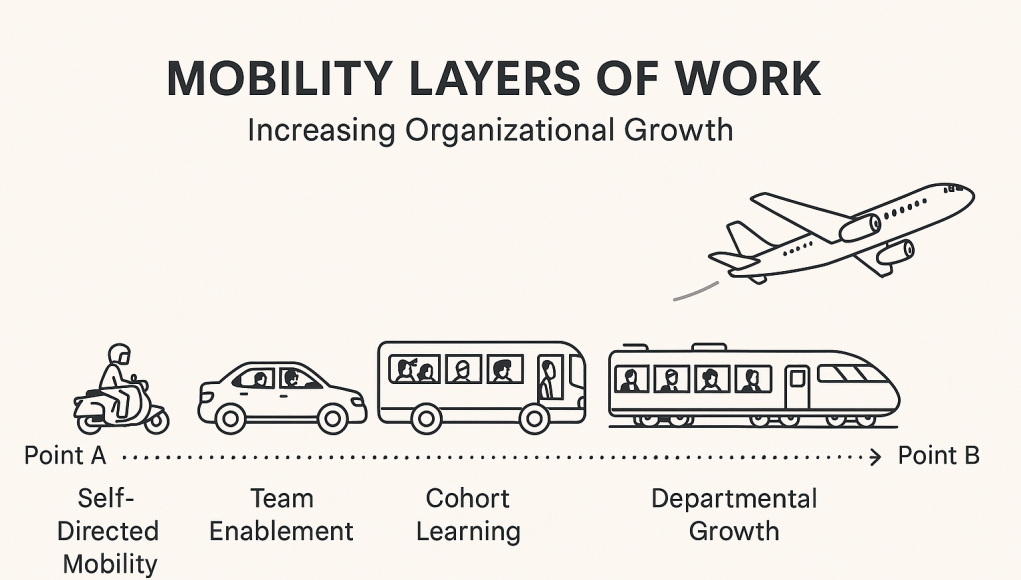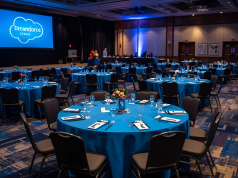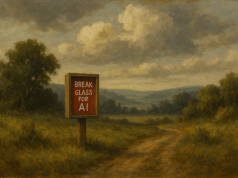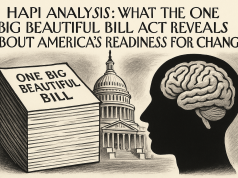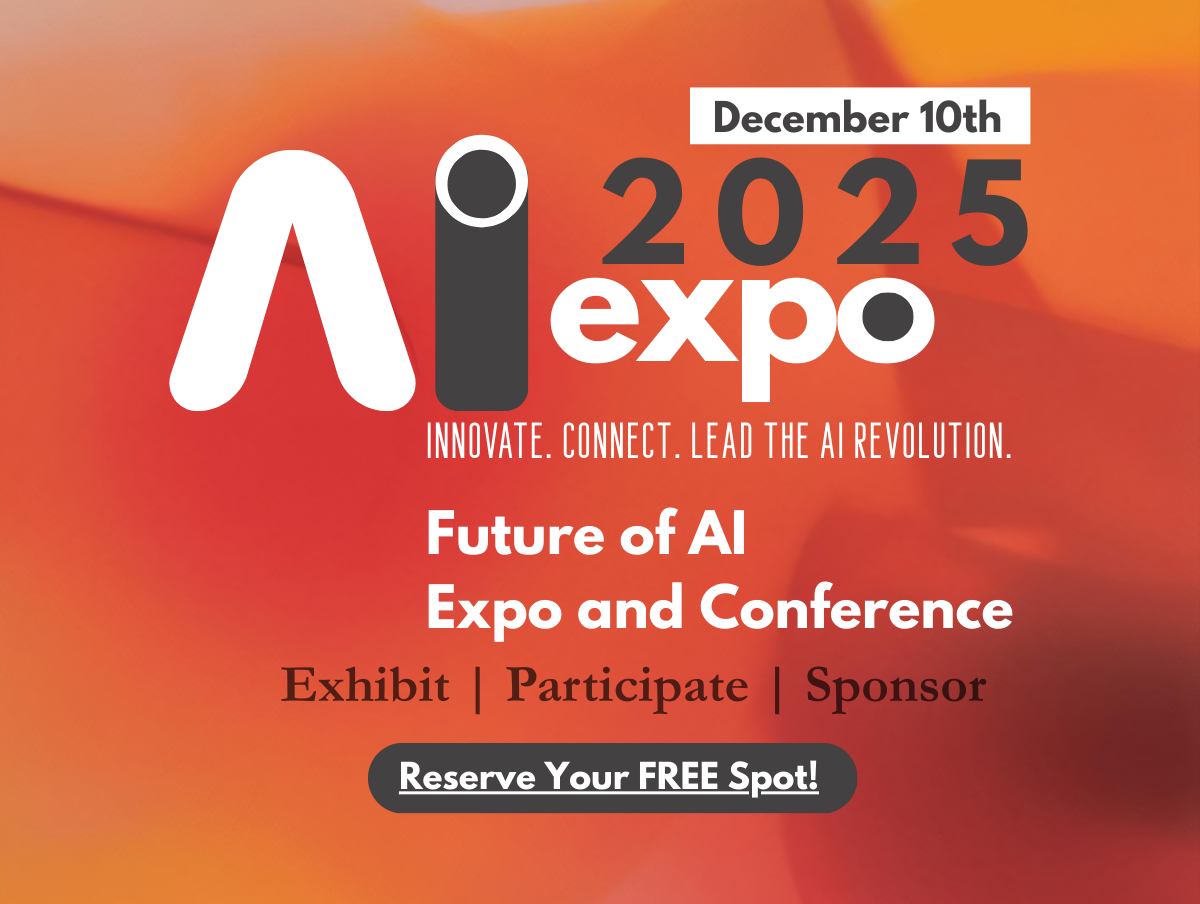There’s an unspoken rule in carpentry: the wrong hammer on the wrong nail is how people get hurt.
Too often, the same is true in the workplace.
We use powerful tools — sometimes cutting-edge technologies, sometimes well-intentioned processes — on the wrong problems, at the wrong scale. Instead of building a better system, we bruise the people within it.
This becomes especially true in times of disruption. The world changes shape faster than our plans do. New technologies like AI emerge overnight. Markets shift. Roles mutate. And still, we try to move people — to grow them — using the same old vehicles.
But what if the future of work is not about choosing the best tool once, but about building a world where the right tool finds the right person at the right time?
To understand that world, we have to stop thinking about work as a place — and start thinking of it as a journey.
Every Worker Is Moving From Point A to Point B
Let’s break work down to its simplest narrative: a journey from where you are to where you need to go.
Point A is your current state — your role, your capabilities, your context. Point B is a goal — a skill upgrade, a transition, a new function, a fresh challenge.
Now, the real question:
“What’s the most intelligent, human-friendly way to move people from A to B in a world where the terrain keeps changing?”
Here’s where travel gives us a better lens than planning.
Travel as the Metaphor: Navigating Complexity with Layered Mobility
Imagine you need to get from a village to a distant city. If it’s just you, and the terrain is known, maybe you hop on a scooter — a moped. You’ll make progress slowly but surely, navigating turns in your own way.
But what if it’s a group of five? A car works better. A school class? A bus. A cross-country team? A train. And if the whole organization needs to shift quickly due to a new market force or regulatory change? You need a plane.
The lesson:
The mode of transport must match the scope of the movement.
We call this model the Mobility Layers of Work. It’s a blueprint for adaptive learning — and an even stronger guide for designing AI-enabled, evolution-friendly work ecosystems.
Meet the Mobility Layers of Work
Each layer represents a different scale and design of worker growth. AI, data, and people strategy intersect differently across each one:
🛵 1. Self-Directed Mobility (Mopeds)
- Used for: Solo upskilling, curiosity-driven exploration, learning just-in-time.
- AI’s role: Personalized recommendations, adaptive microlearning, nudges.
- Risk: Isolation, misalignment with broader goals.
This is the garage tinkerer, the night-class warrior. AI can be a tutor, but the worker still fuels the moped.
🚗 2. Team Enablement (Cars)
- Used for: Small-team capability building, new tools adoption.
- AI’s role: Dynamic project-matching, collaborative learning bots, workflow integration.
- Risk: Uneven adoption, lack of system-wide scalability.
Think of a marketing team learning a new AI tool together — fast, tight loops of learning and application.
🚌 3. Cohort Learning (Buses)
- Used for: Onboarding, leadership academies, reskilling waves.
- AI’s role: Learning journey orchestration, sentiment analysis, facilitator augmentation.
- Risk: One-size-fits-all delivery, low personalization.
This is where most traditional L&D lives. But when AI steers the bus, the route can change mid-journey — based on feedback, speed, and destination shifts.
🚄 4. Departmental Growth (Trains)
- Used for: Functional transformation, cross-skill migration.
- AI’s role: Competency mapping, skill gap forecasting, ecosystem feedback loops.
- Risk: Overstandardization, resistance to speed.
Entire departments might be retooling due to automation or market shifts. Trains are efficient, but they need rails — and those rails are data-informed strategies, powered by AI.
✈️ 5. Widespread Transformation (Planes)
- Used for: Whole-organization change (e.g., AI adoption, hybrid work enablement).
- AI’s role: System-wide learning models, org-wide simulations, behavioral modeling.
- Risk: Detachment from ground reality, top-down burnout.
These are your airlifts — rapid, large-scale movements. When done right, they save the company. When done poorly, they feel like corporate “air raids.”
What AI Teaches Us About Choosing the Right Vehicle
Here’s where AI adds a critical new layer to the metaphor:
Unlike any previous era, AI can observe every worker’s journey in real time, assess their terrain, and suggest the optimal vehicle. It doesn’t just track how people learn — it can also steer the logistics of learning.
Imagine this:
- AI detects that a set of engineers is struggling with a new tool.
- It clusters them and offers a car (team learning pod).
- At the same time, another worker gets a personalized prompt on her mobile (moped).
- Meanwhile, AI notices that 300 people across regions need the same foundational upgrade — and dispatches a cohort learning bus.
- All of this is coordinated through a central nervous system of organizational adaptability.
Now you’re not just guessing which hammer to use — the system selects it for you. And no thumbs get smashed.
Adaptability Is the New Infrastructure
The real future of work isn’t about AI replacing humans. It’s about building environments where humans grow without friction, and AI lowers the cost of movement.
Adaptable organizations don’t overinvest in one vehicle. They build intermodal hubs:
- Mopeds for personal curiosity.
- Buses for strategic skilling.
- Planes for systemic resilience.
The brilliance lies not in each vehicle — but in the system that connects them.
And that system must be:
- Data-informed but not data-drowned.
- Human-centered but not hero-dependent.
- Ecosystem-driven but not chaotic.
Closing Thought: Don’t Ship Growth in the Wrong Container
Think back to the early 20th century. Shipping transformed when we standardized the container — not the ship.
What’s the container for human potential?
It’s mobility. It’s the ability to move — at the right pace, with the right peers, using the right tools — no matter what the terrain throws at you.
Disruption is the storm. AI is the weather satellite. You are the navigator. But the mobility infrastructure you build will determine whether your people arrive safely — or are lost in transit.
So next time your team faces change, ask yourself:
“Are we handing them a moped… when they really need a plane?”
Because in this new world, evolution doesn’t favor the strongest — It favors those who move best when the map disappears.

